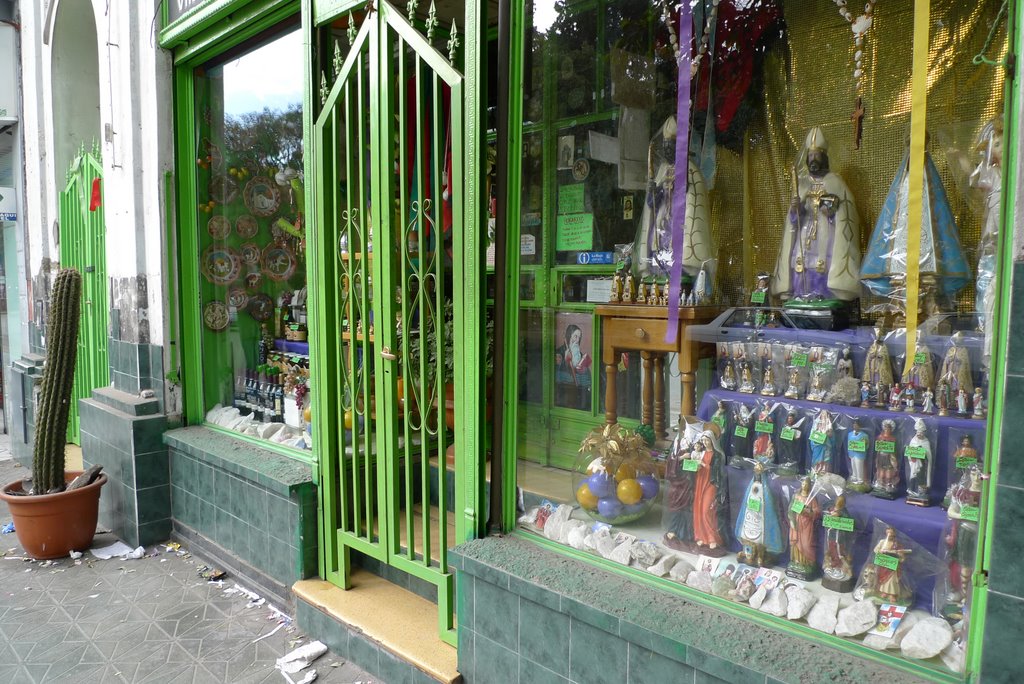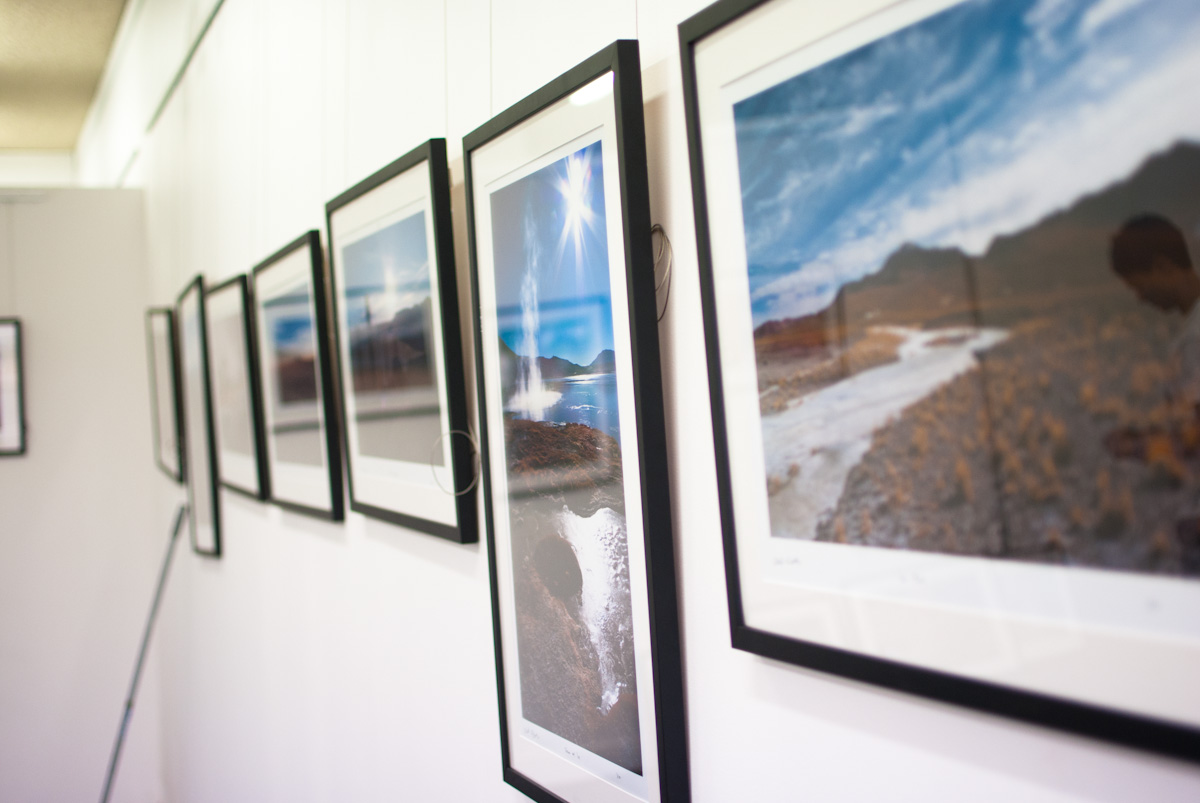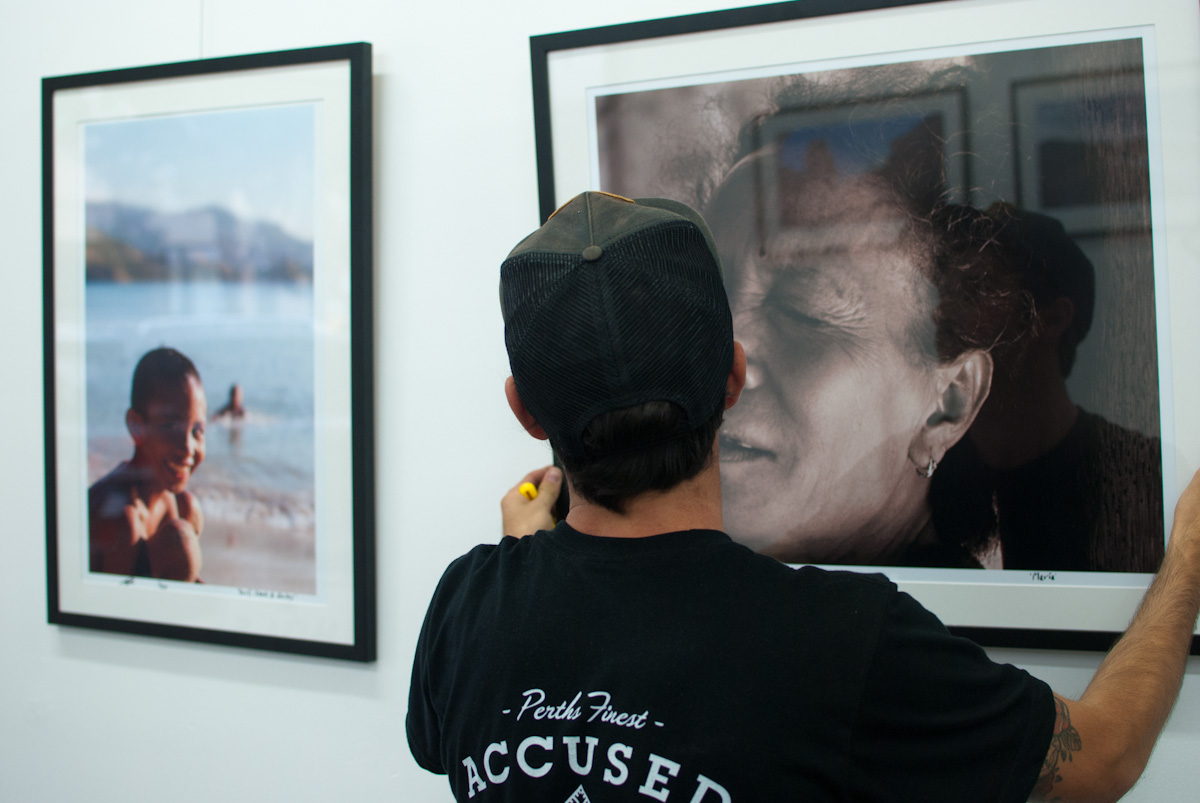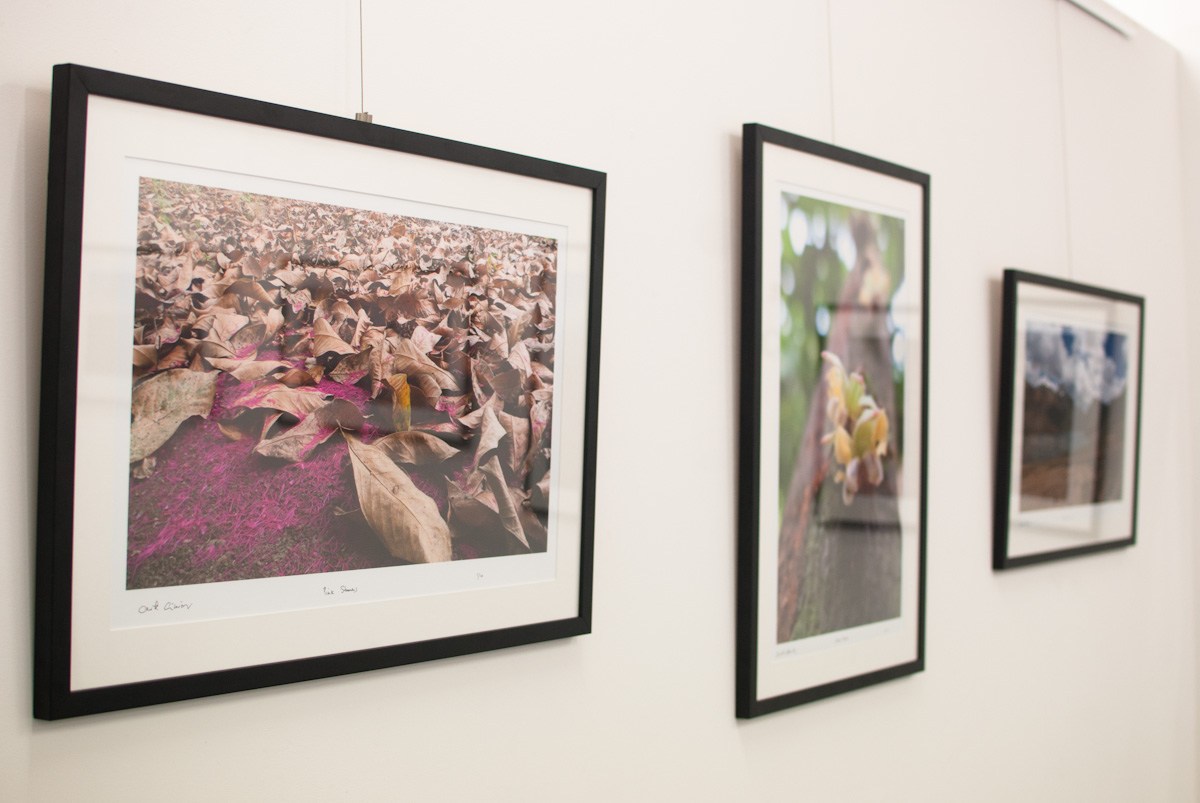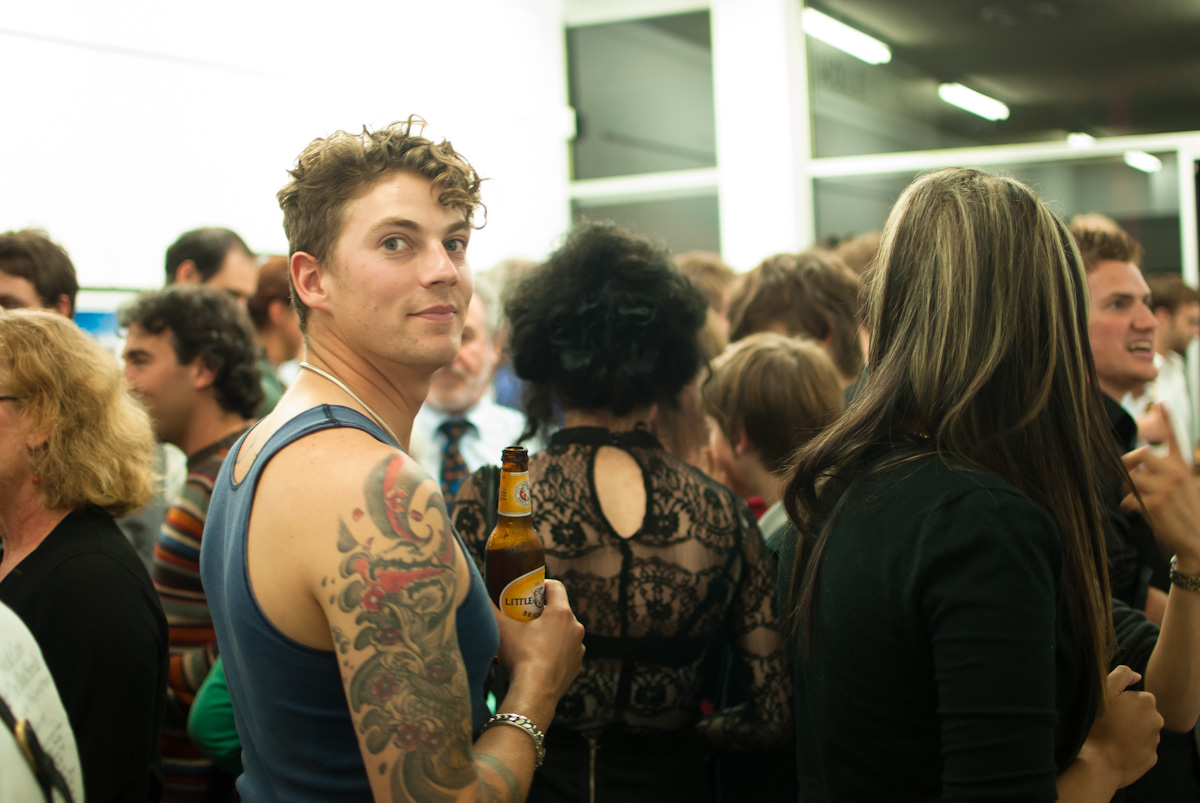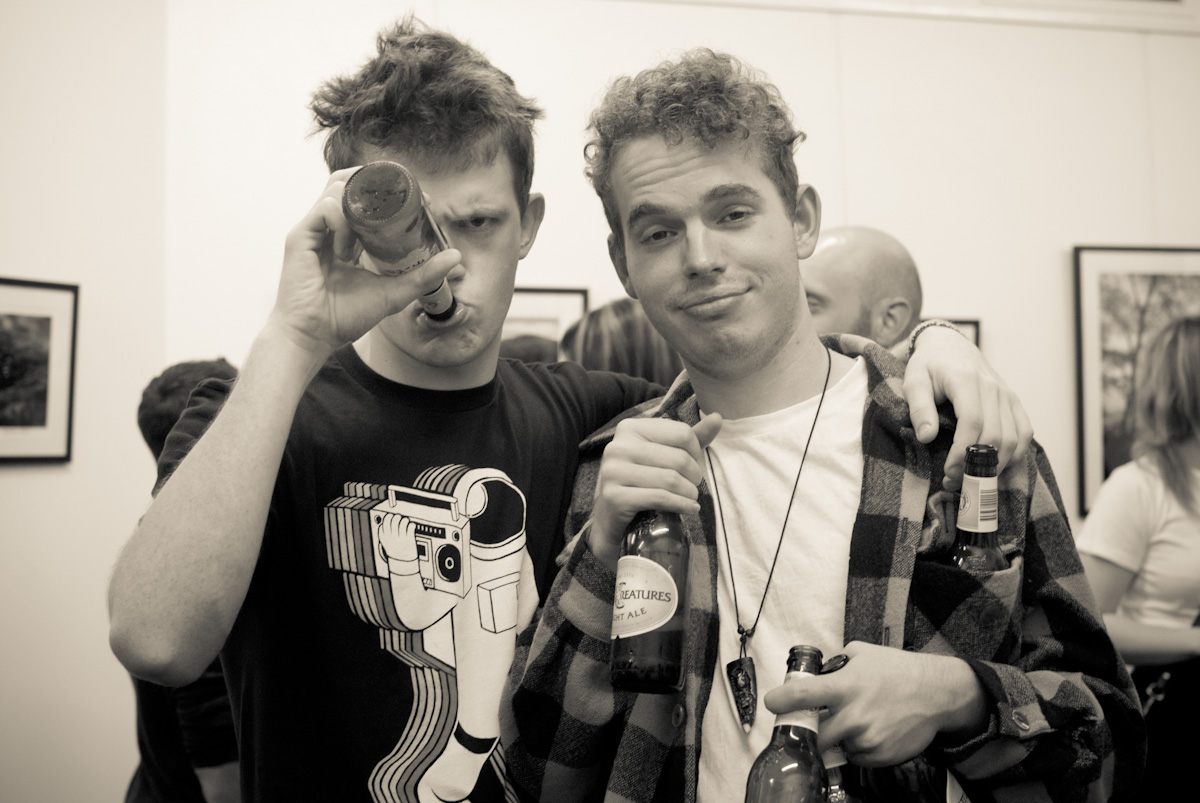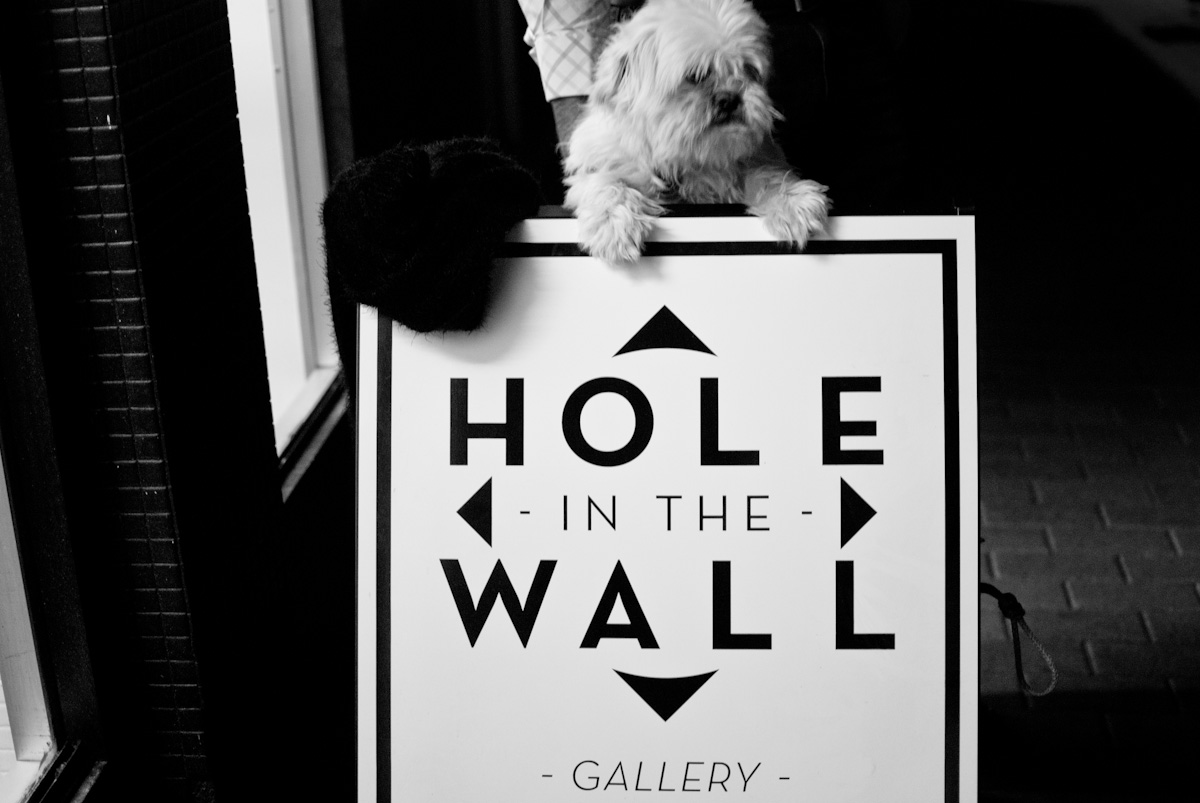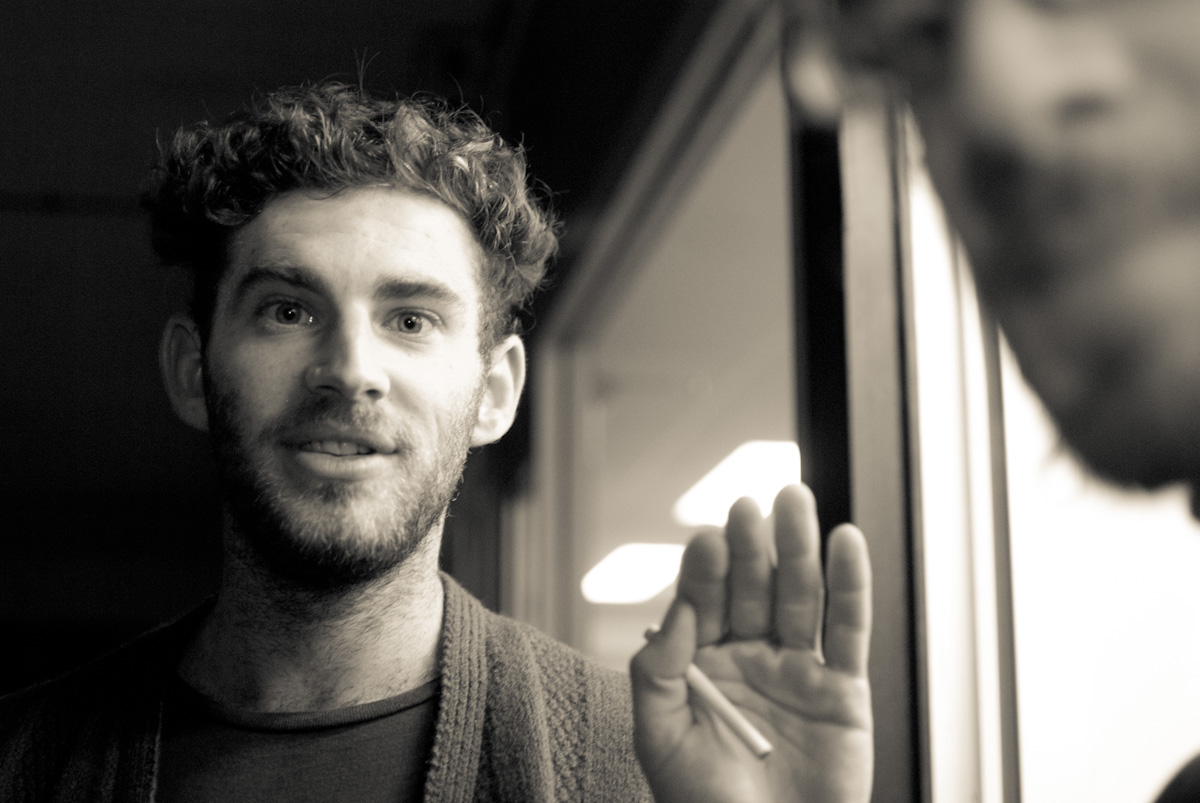At a party recently, someone said ‘Well, this is a conversation we couldn’t have on Facebook’, regarding a tongue in cheek plan for sedition and revolution. I suddenly realised that with the introduction of wearable recording devices, we will not be able to have that conversation anywhere. Most of my friends are already carrying devices that can record everything, it’s just that they’re in pockets or handbags, and we assume that our friends are not surreptitiously recording our conversations, and that those devices are secure and un-hacked by agents of power (in case you don’t know, it’s possible for malicious entities to activate microphone, camera, and gps functions on smart phones remotely to record everything you do, without your knowledge).
It’s already a problem with tagged photos on Facebook, and there have been a few recent incidences when I have requested that photos are not taken or at least don’t go on Facebook, because they could have been compromising for me or other people present. I really don’t need all 500 people on my friends list seeing what I get up to every Saturday night – not that it’s very embarrassing, or illegal – it’s just that when I’m having a good time, I don’t want to have to think about how I look to those on my list that I have a more formal relationship with, or how it might look in 10 years when that photo has become available outside of Facebook, and Google has tagged it with automated facial recognition, and it’s on record for ever. Recent conversations have shown me that many people really just don’t understand the privacy implications of what they do online – and others do, but just have different ideas to me about what’s acceptable and appropriate in terms of documenting and sharing. There are no absolutes, and while I would err on the side of caution when deciding whether to pull out my camera in a questionable situation, others take a different approach. We haven’t yet developed social rules to deal with these questions.
What will happen when Google Glass, or similar technologies become widely available? A quick search for ‘wearable camera’ returned these in the top results:
You can buy these things already. They clip on to your clothing, automatically take photos or videos all day, and upload them to a cloud service. The totally-recorded life is now an affordable reality. I can think of some awesome uses for this, particularly for ecological fieldwork, which is one of my interests. Lost the tag from a specimen and can’t remember where you collected it? Just consult the recording from the camera you were wearing. (An aside: I’m sure managers will also enjoy the ability to more closely monitor the performance of their workers, which is another issue that has both positives and negatives – as a worker, I appreciate having good feedback, which requires good data – but I also resent micromanagement and unnecessary surveillance.)
BTW, check out this amazing testimonial on the Narrative site: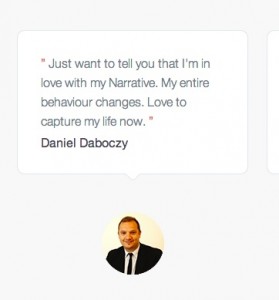
Apparently his entire behaviour changing is a positive thing.
Narrative have a ‘community‘ – really an Instagram hashtag, with which you can tag the photos it produces as you upload them, to ‘share’ your life with the rest of the internet. Some people have designed beautiful leather holders for their Narrative cameras:
This is the beginning of the wearable computing revolution, and while it will have many amazing benefits, if we continue down the path that we’re on socially and politically, it will also signal the death of privacy completely. It will no longer be possible to have that funny conversation about methods of creating a revolution at 1am on a Sunday morning, because you won’t know who in the room is recording and uploading every word to the databases of the information industrial complex on the pretext of ‘sharing’ their life. We’ve seen several situations where jokes on social media were perceived by authorities as threatening to national security and lead to serious consequences for the poster, so it’s fair to assume that real life instances of similar behaviour will be treated similarly when they are recorded and made public. We are now entering an age where all media is social media, and all socialising (and the rest of life) is recorded and uploaded to cloud services, which are potentially vulnerable to attack by malicious actors (including agencies of nation states), if they are not actively colluding with them.
Another range of wearables, already pretty common, are monitoring biomedical data about ourselves and uploading that to the cloud. Coming soon – devices that are more specific and sensitive:
https://www.indiegogo.com/projects/leo-fitness-intelligence – a system that measures many different parameters to improve fitness activities.
https://www.indiegogo.com/projects/upright-improve-your-posture-and-prevent-back-pain – a device that monitors posture and might reduce back pain.
http://www.wired.com/2014/06/this-cup-tracks-exactly-what-youre-drinking-with-molecular-analysis/ – This is a cup that can tell you what’s in it, including how many calories, and how much caffeine or alcohol. It can tell the difference between 7-Up and Sprite. It can remind you when you are slipping on your diet goals.
https://www.kickstarter.com/projects/892018590/kgoal-smart-kegel-trainer – This is the winner. A device that, when inserted into the vagina, can help the user to improve their pelvic floor strength by monitoring pressure. It gives tactile feedback by vibrating, so you get a little buzz when you squeeze it properly. Of course, it comes with an app that tracks your progress.
Again, the technology is amazing and will no doubt have many benefits, but we’re opening up the insides of our bodies and the tiny details of our daily lives to public scrutiny, and anti-public surveillance, without really ever having a conversation about whether that’s desirable, or how we want to manage it if so.
This is 2014. What is 2024 going to look like? These are the last years in which we can safely assume that at least some of our conversations, public interactions, and private activities are actually private. Enjoy it. And let’s talk about what we want to see in this space, and how we’re going to achieve it, before we all get distracted by the shiny new iWatch or Android EEG monitor, or whatever comes next.


